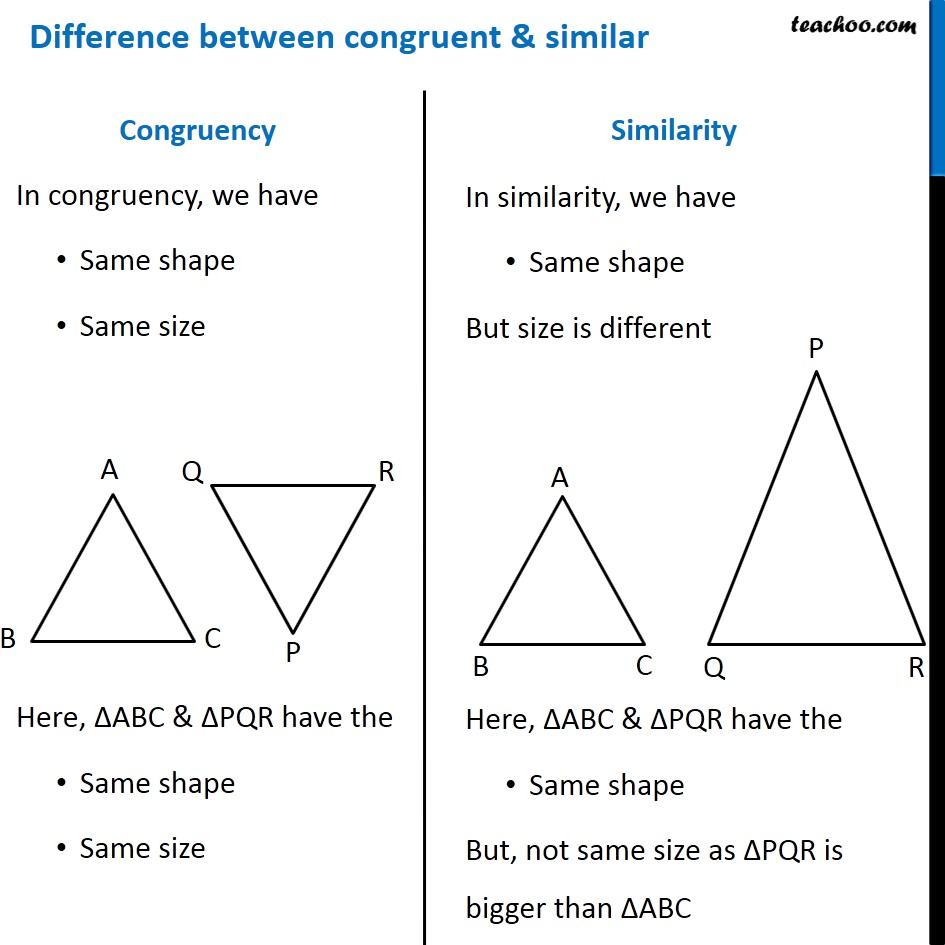
See if one can be moved to take the place of the other. Including paper folding, objects like blocks of wood, etc. I would primarily start working on these ideas with manipulatives, We work with general combinations: translations (if thingsĪre seen as infinite - going on forever), rotations, That is also a rigid motionĪnd is a symmetry. However you CAN pick it up, turn it 180 degrees However, there are OTHER symmetries than just a single mirror. Side would drop down on the other (as you suggested). Pick up a copy, flip it around the central line, and put So an isosceles triangle has 'symmetry' because you could The fact that, if you made TWO copies of object, ONEĬould be picked up and put back down on the other, However, I suspect thatĪt grade 2, the word symmetry is being used to describe In physics, or higher math, rigid motions, reflections,Īnd combinations which preserve all distances are called Same lengths of sides, same angles,įor congruence, I said rigid motion and reflection. In one will have the same measurement in the other.īecause they are congruent, everything you look at will lookĪnd measure 'the same'. Of course IF they are congruent THEN anything you would measure This extends to any figures in the plane (or in 3-space).Ĭongruent MEANS one could be placed on top of the other. (or a copy of one) up and place it down on the other. Similarly, congruent triangles means we could pick one

Moved the rigid measuring device onto the other Same lenght actually means we probably took a measuringĭevice, like a ruler and marked it off on one and One can be placed exactly on top of the other. So two line segments of the same length ARE congruent. Two things which can be placed on top of one another withoutĬhanging any lengths (e.g. To a geometer (and it its root meaning) congruent means

Gap in the 'geometry' teaching and texts in North America. Honours math students ask it) says something about a (and many of my in-service high school teachers and Help! (I hope this isn't a dumb question!)
#Difference between similar and congruent shapes how to#
Is there a difference between the two? I know there must be, but I don't know what or how to explain these two terms. I would like to know what the difference is between congruent and symmetry, and how do I explain this to my class? I know that congruent means the same, and symmetry is two identical sides. My name is Chris and I am a second-grade teacher.


 0 kommentar(er)
0 kommentar(er)
